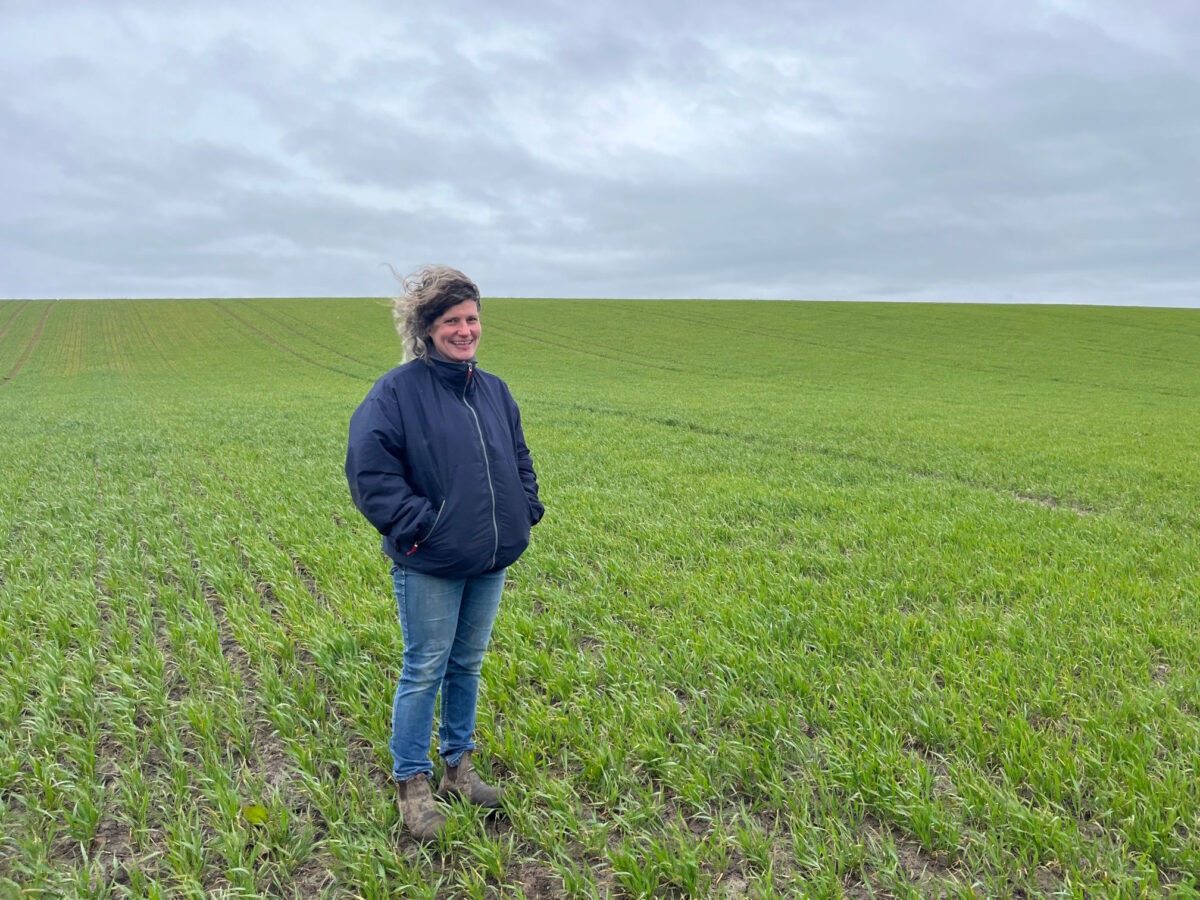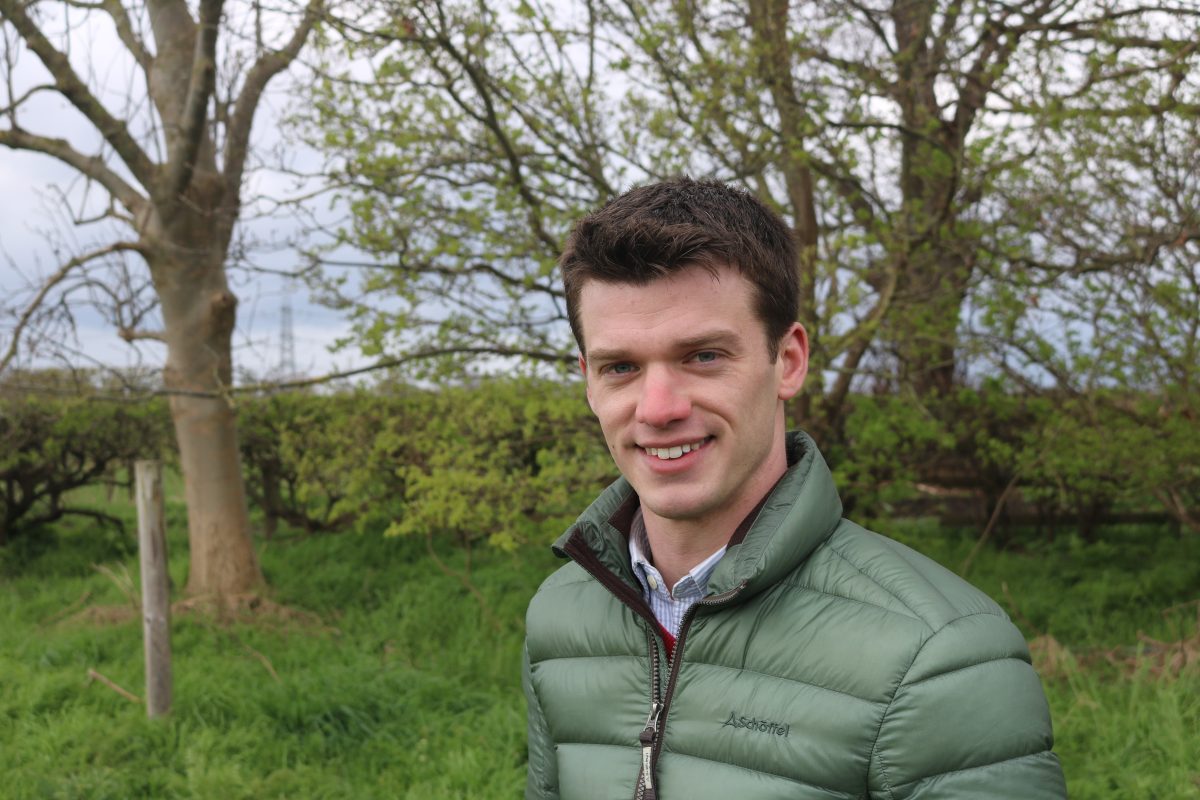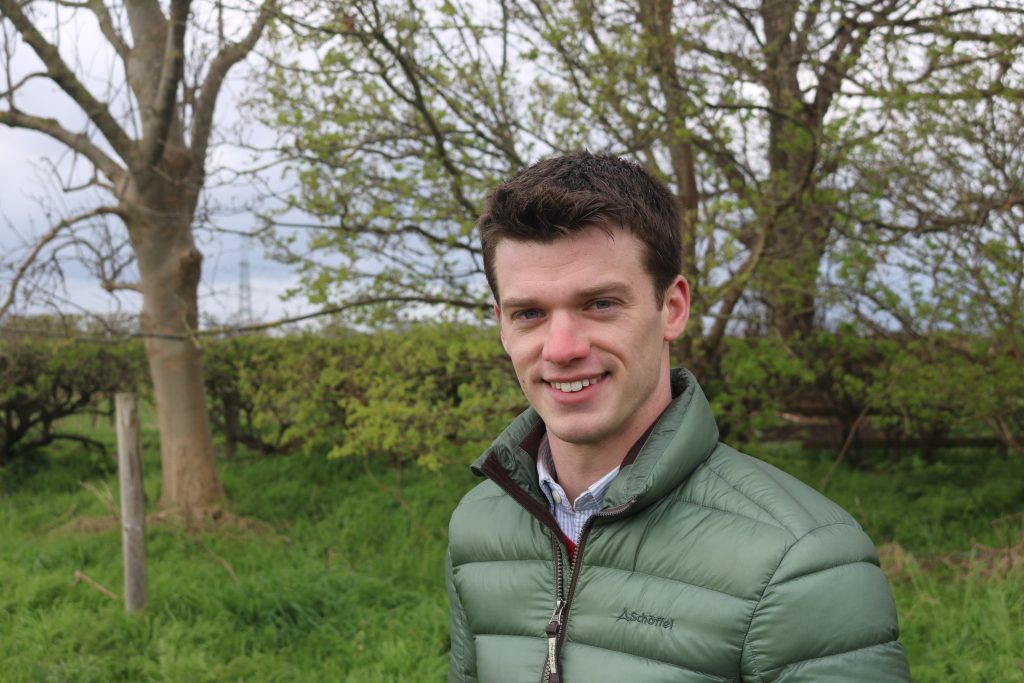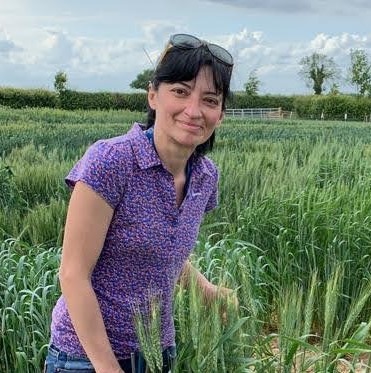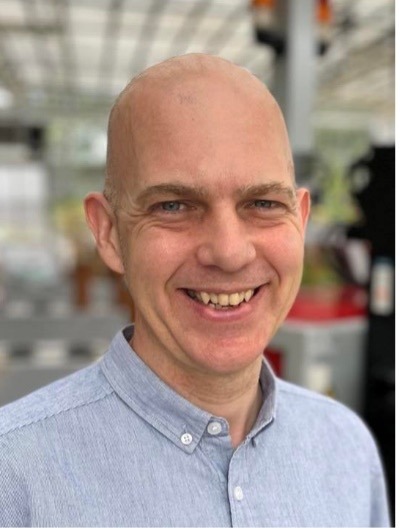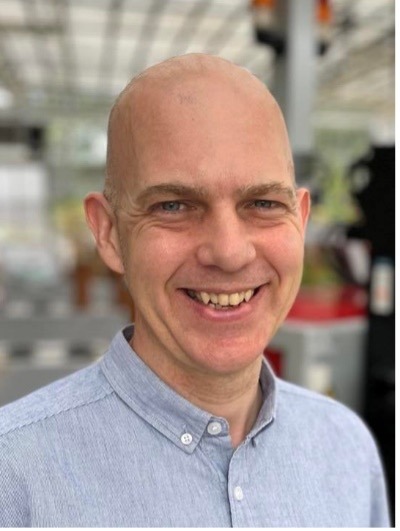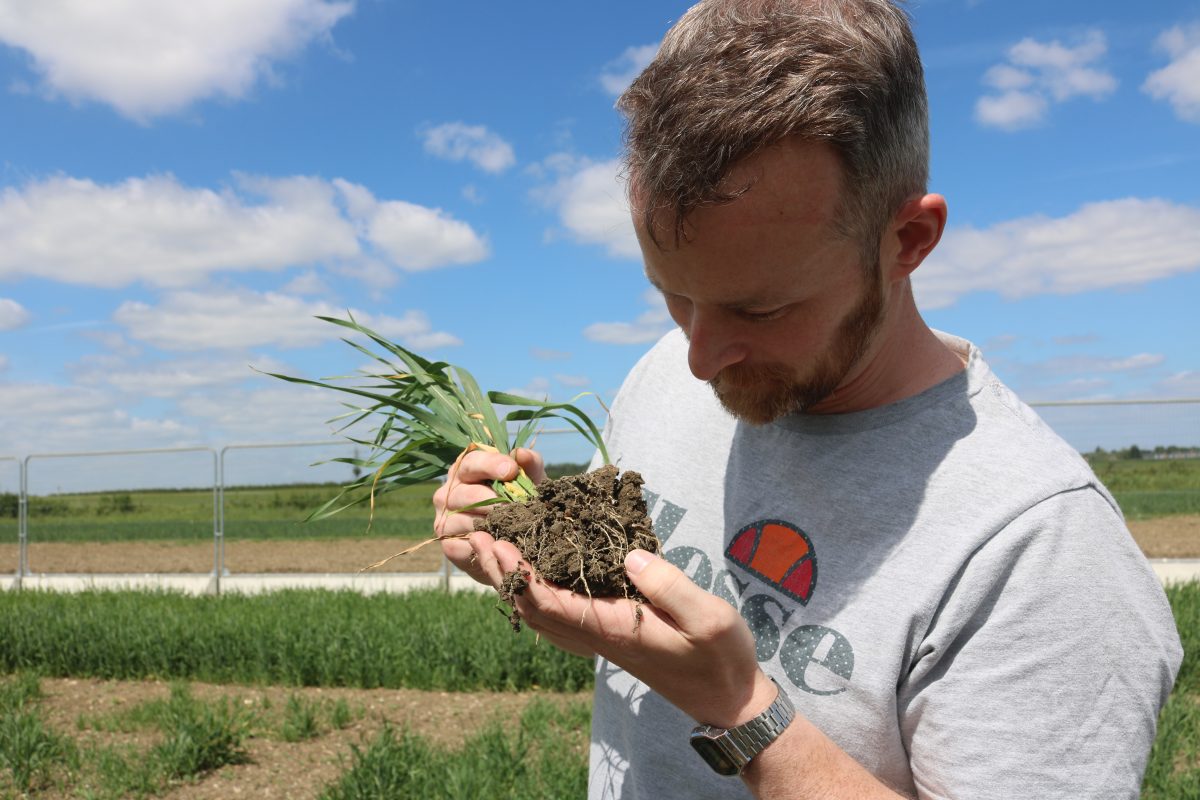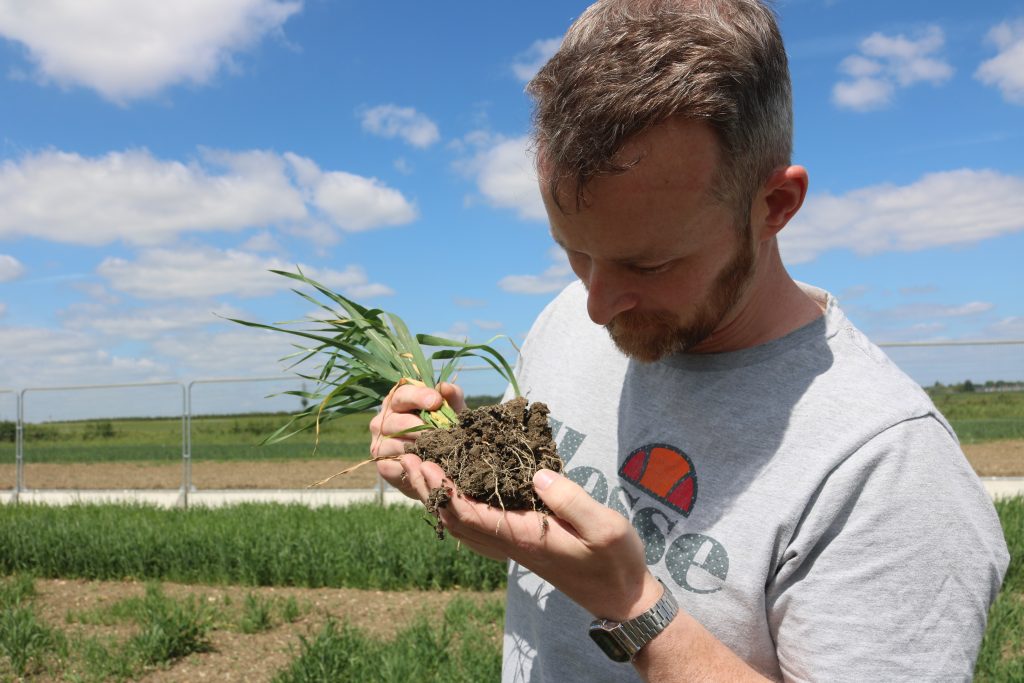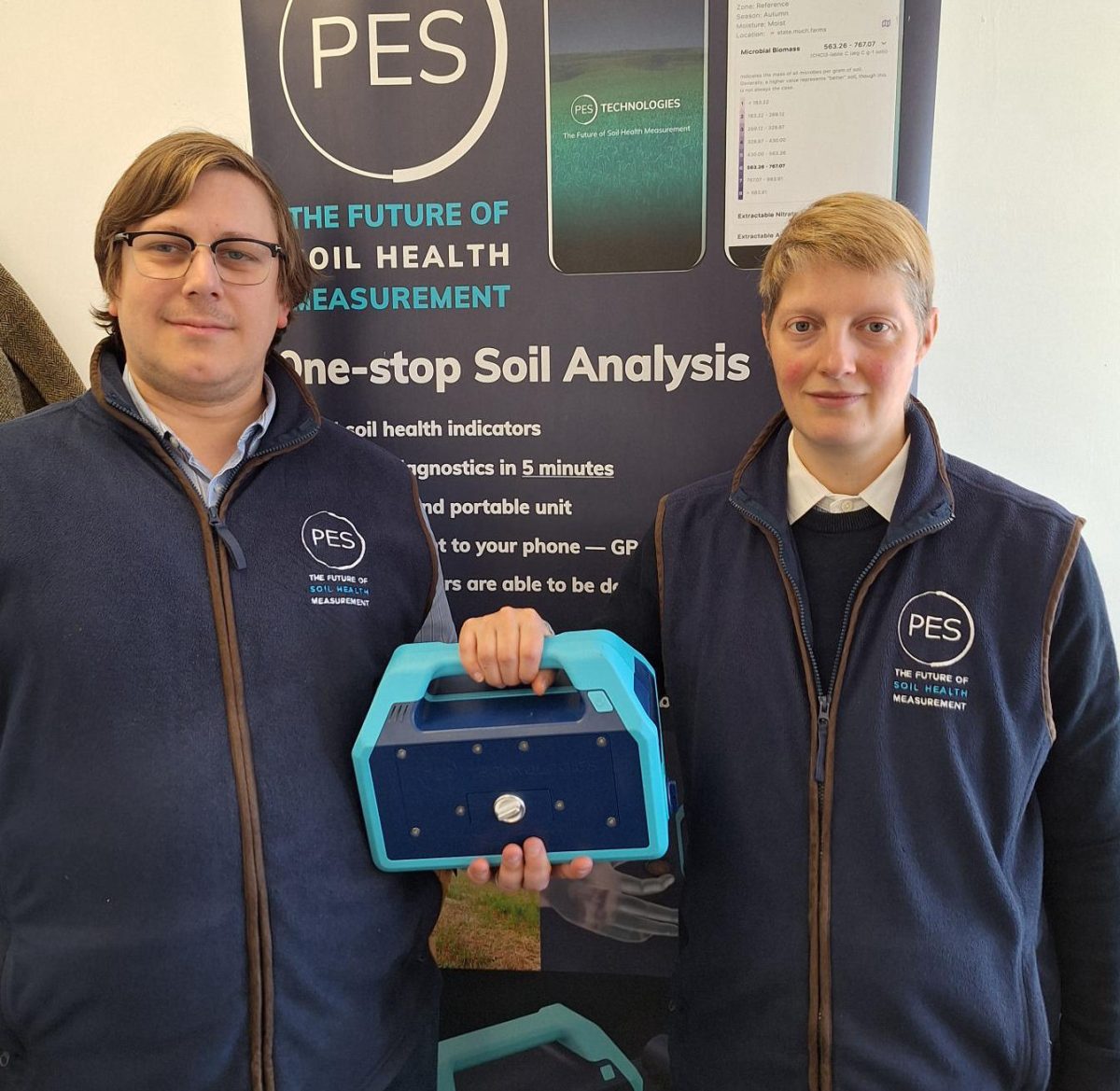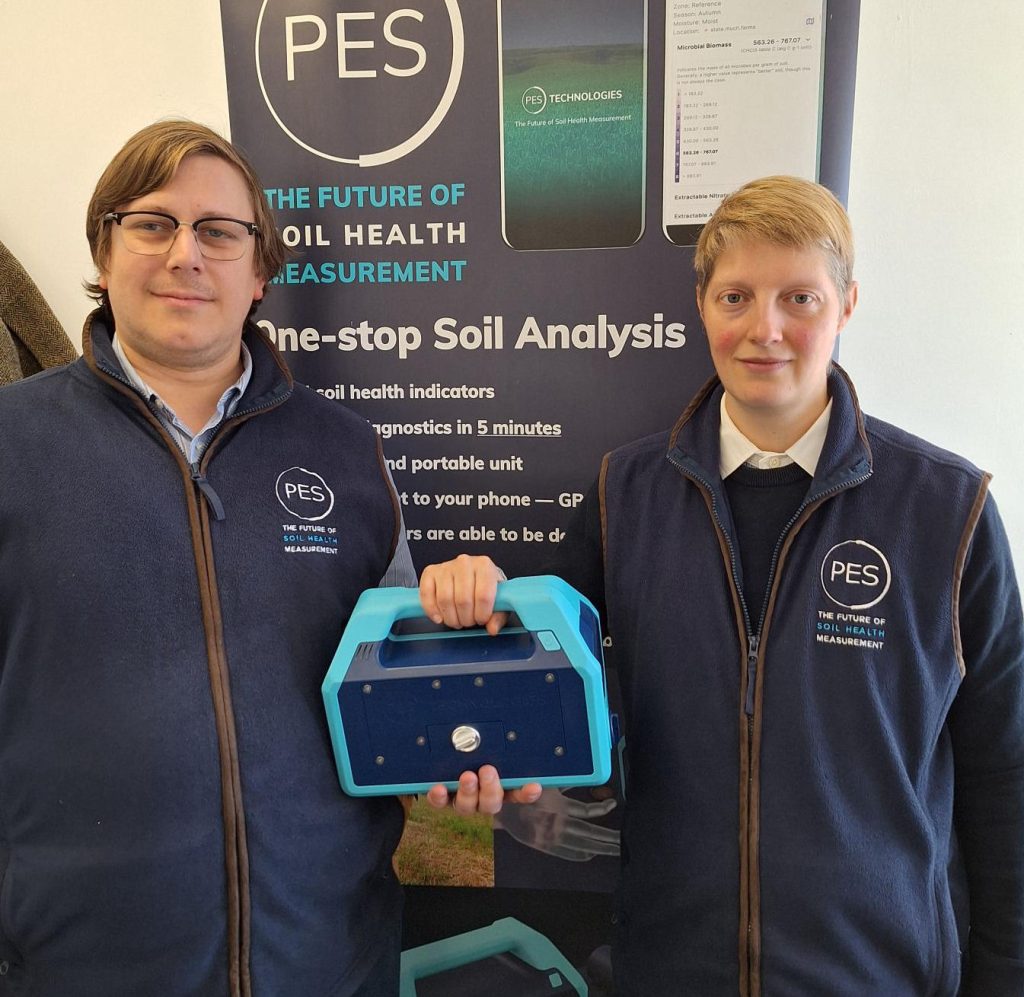Organic farmer and seed producer Anna Pearce joined the TRUTH project as she was keen to work with scientists to learn more about the health of the soil on her farm.
She says: “As farmers we don’t often get the chance to interact with scientists and this is a huge opportunity to be able to put our heads together,” says Anna Pearce.
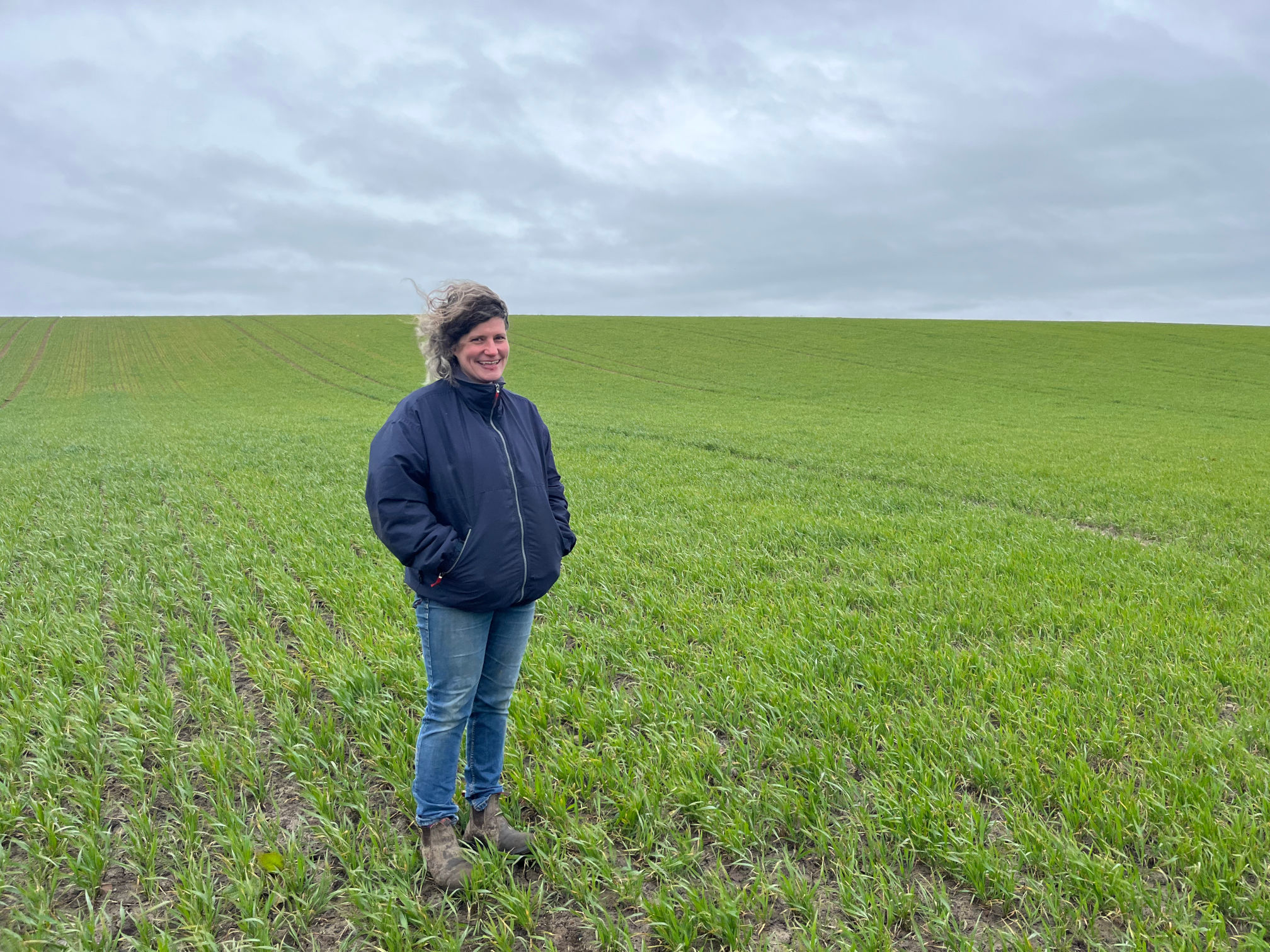
Becoming a Root Ranger followed success with a previous BOFIN project, working with researcher Dr Tom Thirkell from Crop Science Centre. This one looked at arbuscular mycorrhizal fungi populations and saw 41 farmers sending in root samples for analysis.
By joining TRUTH Anna was keen to develop this knowledge further and was interested to find out how her soil compared to other farms. Her trial of choice in year one was to assess the effect of biostimulant Fixio.
“It was actually the third year I tried this product. I was too late in the first year, but got good results in the second year with a 24% yield increase.” However yield is just one element – the addition
of the soil and root analyses available to her as a Root Ranger give a more detailed view of` how the soil and roots performed.
Anna carried out four replications in the field. “I believe that the more replications you have the more scientific the results. It’s just one spray so it’s not difficult to do.” She uses a yield monitor on her combine to see the yield variation between the treated and untreated areas.
For next harvest, Anna is using ADAS’ Agronomics for a more precise yield analysis of the treated and untreated areas.
The soil core CT scans have been another highlight for Anna.
She says: “It is fascinating to see pictures of what is under the ground. And it was reassuring to learn that my soil copes well with being lightly ploughed and that there is enough life in it to repair any changes to structure.”
As an organic producer, a min- till approach is not an option because of the weed burden, so gaining better understanding of the areas that can be changed has been invaluable, she adds.
“It shows that you can make a huge difference to your crops by having soil in the best conditions within your own parameters.”
Thornton Farm/ Smales Organic Seeds
- 280 hectares arable crops Organic production
- Wheat, barley, oats, beans grown primarily for seed
- Around one-third of the farm under clover
- Clover leys rented for sheep grazing
